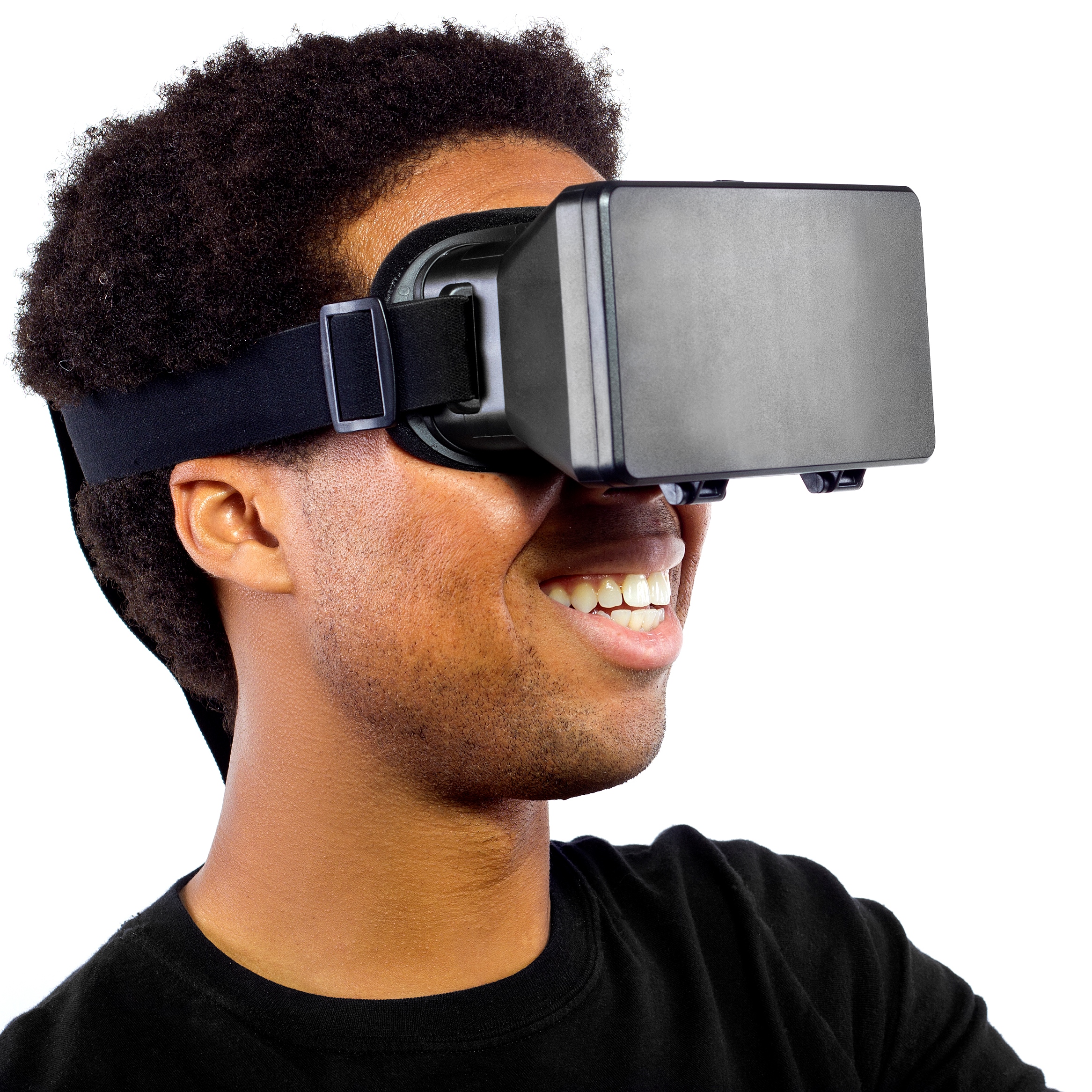
Three-dimensional film and television repeatedly have tried to find their way into the mainstream, but a few highlights aside, like the film “Avatar,” it has never happened on a large scale. Only a tiny fraction of television buyers choose 3D models, and 3D movies are consistently underwhelming. For the past few years, however, a number of companies have been developing technology that has long been a staple of science fiction — virtual reality.
As we head into the second quarter of 2016, it may start taking off in a way that 3D never did. Virtual reality could change the way we consume media, and some of the biggest names in technology are at the cutting edge of this drive. Here are three companies that look set to gain as the space takes off.
Back in March 2014, Facebook Inc. (NASDAQ: FB) acquired Oculus VR, the then leader in the space. It was still early days in the development timeline for Oculus’s lead product, the Rift, and there have since been a number of development setbacks and delays, but the company is finally ready to ship its first product. Facebook has sold out on a huge number of preorders, and a look at the terms and conditions users must agree to suggests that Rift is going to feature heavily in almost all aspects of Facebook’s media offerings, including sport, gaming and movies.
Samsung
Second is Samsung Electronics, which trades over the counter. The company just beat Facebook to market, launching its Gear VR headset concurrent to the release of its S7 and S7 edge cell phone models. There’s little doubt that the free offering of the headset with all preorders boosted sales of the phones. As the Gear model expands to increased offerings such as movies and sports, it should further bolster device sales going forward.
Facebook and Samsung are in cahoots on a certain level here. Users are able to watch 360° videos on Facebook through their Samsung headsets, but whether this cooperation will continue as Oculus Rift takes off remains to be seen. There’s no question that the Facebook headset is the more technologically advanced with its built in display, but Samsung’s price point (circa $80 vs the Rift’s $600 tag) makes it far more competitive for the casual user. Facebook may limit the cross compatibility of its platform and Samsung’s hardware to improve Rift’s mainstream attraction.
Alphabet and GoPro
The final addition is twofold: Google parent Alphabet Inc. (NASDAQ: GOOGL) and GoPro Inc. (NASDAQ: GPRO). GoPro has developed a version of its headset that enables 360° recording through Google’s development platform. High-definition recordings of sports have taken off over the last couple of years, as illustrated by GoPro’s success, and the ability for viewers to watch in an immersive 3D environment through Google’s inexpensive headset will likely fuel the attraction.
GoPro, of course, is not the only thing that makes Google’s cardboard headset attractive — it may only be a matter of time before things like street view become available through a VR headset, and this sort of development will cement Alphabet as a player in the VR sector.
By Matt Winkler
Thank you for reading! Have some feedback for us?
Contact the 24/7 Wall St. editorial team.





